Personal Finance 6th Canadian Edition by Kapoor – Test Bank
1. Personal financial planning has the main goal of:A. Savings and investing for future needs.B. Reducing a person’s tax liability.C. Managing money to achieve personal economic satisfaction. D. Spending to achieve financial objectives.E. Savings, spending, and borrowing based on current needs.2. The first step of the financial planning process is toA. develop financial goals.B. implement the financial plan.C. determine your current personal and financial situation. D. evaluate and revise your actions.E. create a financial plan of action.3. Opportunity cost refers to:A. money needed for major consumer purchases.B. the tradeoff of a decision.C. the amount paid for taxes when a purchase is made.D. current interest rates.E. evaluating different alternatives for financial decisions.4. Increased consumer spending will usually cause:A. lower consumer prices.B. reduced employment levels. C. lower tax revenues.D. lower interest rates.E. higher employment levels.5. The uncertainty associated with decision making is referred to as:A. opportunity cost.B. selection of alternatives. C. financial goals.D. personal values.E. risk.
6. Some savings and investment choices have the potential for higher earnings. However, these may also be difficult to convert to cash when you need the funds. This problem refers to:A. Inflation riskB. Interest rate risk C. Income riskD. Personal riskE. Liquidity risk7. The financial planning process concludes with efforts to:A. develop financial goals.B. create a financial plan of action.C. analyze your current personal and financial situation. D. implement the financial plan.E. revaluate and revise your actions.8. Changes in income, values, and family situation make it necessary to:A. develop financial goalsB. implement the financial plan.C. evaluate and revise your actions.D. analyze your current personal and financial situation. E. create a financial plan of action.9. As Jeanne Taillefer plans to set aside funds for her young children’s college education, she is setting a(n) ____________ goal.A. intermediate B. short term C. longterm D. intangible E. durable10. ____________ goals relate to personal relationships, health, and education.A. ShorttermB. Intangiblepurchase C. Consumableproduct D. DurableproductE. Intermediate11. Brad Opper has a goal of “saving $50 a month for vacation.” Brad’s goal lacksA. measurable terms.B. a realistic perspective. C. specific actions.D. a tangible end.E. a time frame.
12. Which of the following goals would be the easiest to implement and measure its accomplishment?A. “Reduce our debt payments.”B. “Save funds for an annual vacation.”C. “Save $100 a month to create a $4,000 emergency fund.” D. “Clear credit card debtE. “Invest $2,000 a year for retirement.”13. The present value of a future amount will decrease if _________________.I. the discount rate increasesII. the amount occurs closer in timeIII. the compounding frequency increases IV. inflation increasesA. IandIIonlyB. I and III onlyC. II and III only D. III and IV only E. I, III and IV only14. Higher prices are likely to result from:A. increased spending by consumers. B. increased production by business. C. lower interest rates.D. lower demand by consumersE. an increase in the supply of a product.15. Who is most likely to benefit by inflation?A. retired peopleB. lendersC. borrowersD. lowincome consumers E. government

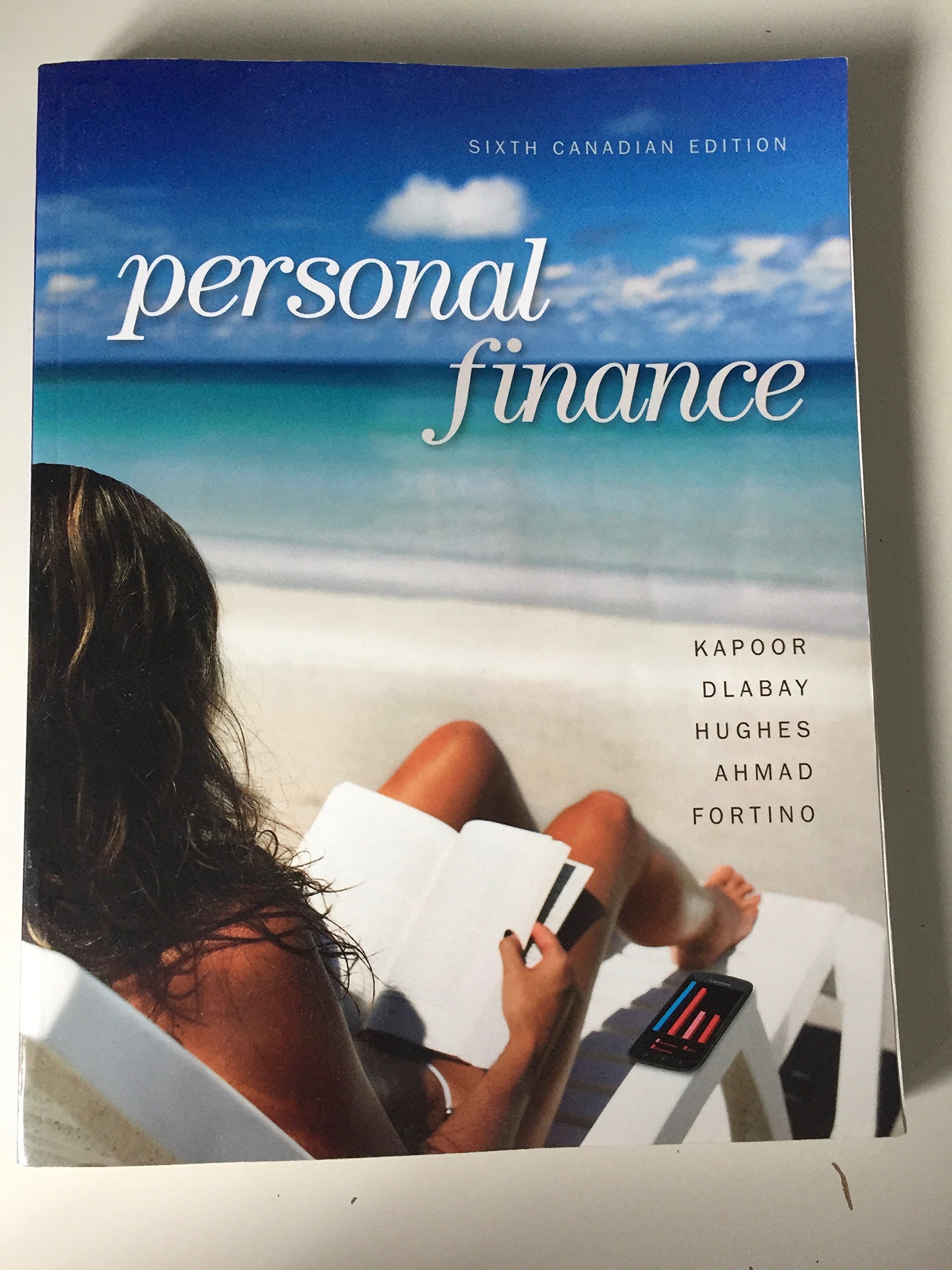
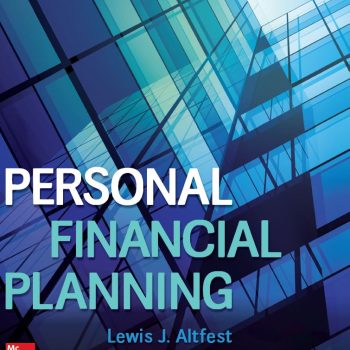

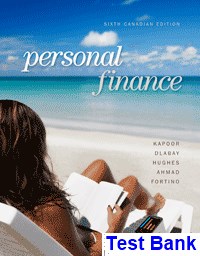
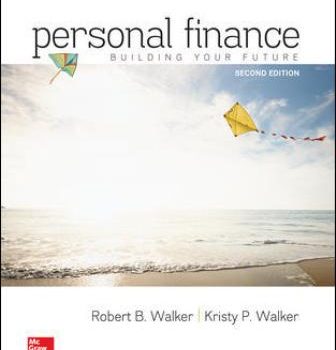
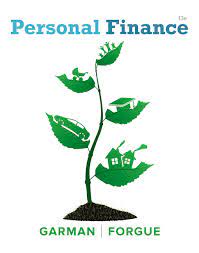

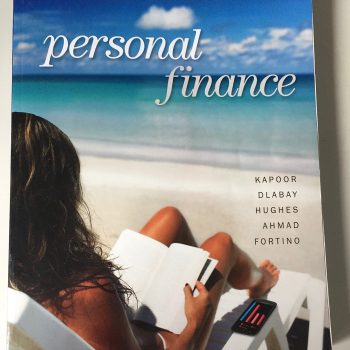
Reviews
There are no reviews yet.